15 Conservation Lessons from the Eastern Afromontane Hotspot
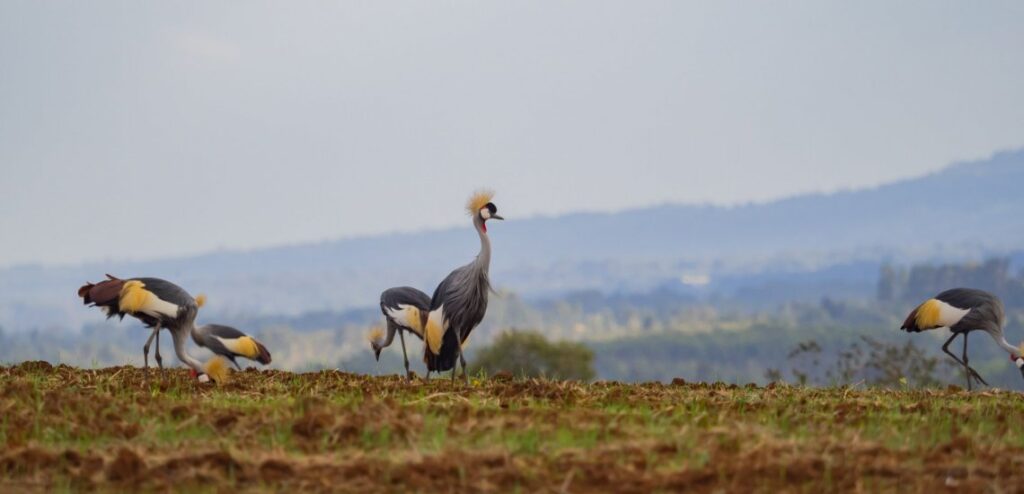
After seven years, the CEPF investment in the Eastern Afromontane Biodiversity Hotspot is wrapping up this month. During this time, 101 grantees will have completed 160 conservation projects across 13 countries, collecting an astounding amount of knowledge about what works in conservation.
By Marsea Nelson from CEPF
This article was originally published on the CEPF website, and was developed using the lessons compiled by Maaike Manten.
The Eastern Afromontane Biodiversity Hotspot, which stretches over 7,000 kilometers of widely scattered but biogeographically similar mountains from Saudi Arabia to Mozambique and Zimbabwe — is one of the Earth’s 36 biodiversity hotspots, the most biologically rich yet threatened areas around the globe.
BirdLife has been working there since 2012 to preserve the region’s unique biological attributes, leading the Regional implementation team (RIT) of the Critical Ecosystem Partnership Fund (CEPF).
To capture the knowledge obtained during all these years, the RIT invited a group of grantees to come together in Uganda to discuss what went well during their conservation projects and, perhaps even more importantly, what didn’t and why. Then they put their heads together to come up with solutions.
Whether you’re in Tanzania, Brazil, Vanuatu or another part of the planet, these lessons from BirdLife and the CEPF-funded grantees in East and Southern Africa can help you in your own conservation work.
1. DEVELOP A WISH LIST OF PROJECT IDEAS
The time to develop your project idea is, ideally, before the call for proposals is even released. “Establish a database where, as an organization, all [environmental needs] are identified,” suggested Mary Waweru from Cranes Conservation Volunteers (CCV). Then, when a donor releases an open call for proposals, your list can be used to find a project idea that will be a good fit.
“By doing this, the organization is able to meet its own needs, not just the donor’s requirements,” Waweru said.
2. MAKE PROPOSAL WRITING A GROUP EFFORT
“Project design is the most important part in achieving a well-implemented project,” said Noah Mpunga from Wildlife Conservation Society. If the person responsible for writing the proposal is different from the person who will manage the project, the latter should be involved in the process. So too should the field staff, finance staff, local partners and beneficiaries. “They all need to be involved to make sure the proposed project will do the right thing at the right place,” said Maaike Manten, BirdLife Program Manager and CEPF’s RIT leader for the Eastern Afromontane Hotspot.
3. LET SCIENTIFIC EVIDENCE GUIDE YOUR PROJECT PLAN
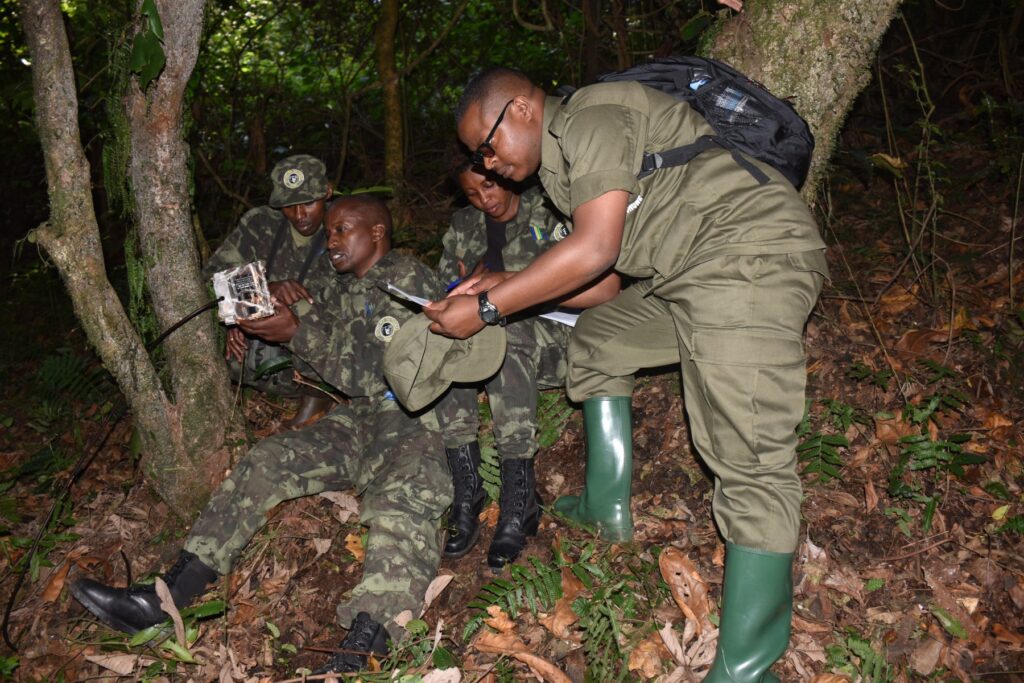
Using sound science to inform your project strategy will not only help you achieve your conservation goals, but it will also give donors confidence in the approach that you’re taking and help convince governments and corporations what actions they should, or shouldn’t, take.
4. WHEN IT COMES TO YOUR PROPOSAL, UNDER-PROMISE AND OVER-ACHIEVE
Make sure your proposal is realistic, clear, honest and convincing. Don’t write what you think a donor wants to see; write what you think needs to be done. “Donors don’t want you to be overly ambitious. They don’t like to be disappointed in the end,” said Manten. “And so-called ‘no-cost extensions’ actually always cost time and money.”
5. ENGAGE WITH YOUR DONOR BEFORE, DURING AND AFTER YOUR PROJECT
When you are writing your proposal, find out as much as possible about what the donor is looking for. If you are permitted to contact the donor with questions before the proposal is due, take advantage of that opportunity.
During the project, consider the donor a project partner, keeping them in the loop. Submit high-quality reports by or before the deadline, and also share with them any articles about the project you’ve published, photos of field activities, or questions about decisions you need to make.
Then, after the grant has closed, stay in touch. Send them updates about what has happened with the project or your organization. Even if the donor has since left the region, you never know, they may return.
6. CREATE A COMMUNICATIONS PLAN
Take the time to train yourself, and your partners, on how to communicate about your project. Develop a strategy and stick to it. Consider target audiences, channels and messages, and connect your communication outputs with your fundraising needs. Remember to share your stories and photos with your donors, too!
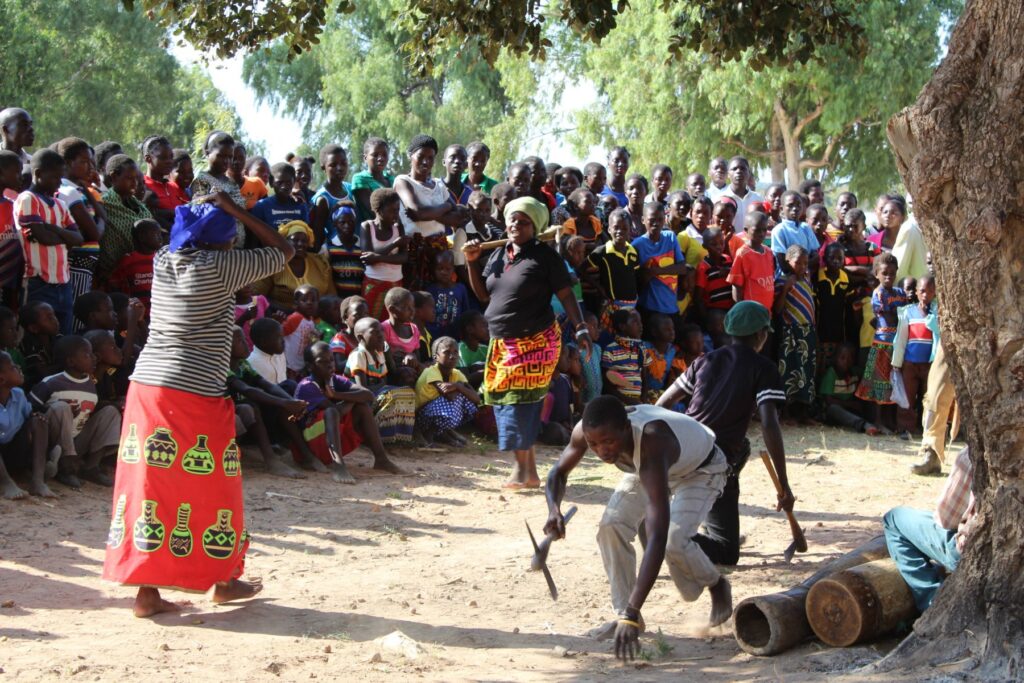
7. MANAGE COMMUNITY EXPECTATIONS
For a project to be successful, it’s important that the local community understands what you believe you will be able to provide for them, and what you can’t.
It is possible that there will be misunderstandings between you and the local communities about what you are going to offer them. To prevent that, it is important to develop a project with the help of the affected persons or beneficiaries and generate a written agreement of what the inputs and benefits will be for both of you.
8. ENSURE COMMUNITIES TAKE OWNERSHIP OF THE PROJECT’S GOALS
A project must have the support of local communities to be successful and to ensure conservation efforts continue after the project has ended. It is essential to create a sense of ownership of the project among the community members.
One way to ensure community support is a bottom-up approach. In Tanzania, WCS helped create a honey cooperative, because the community requested it.
9. CLOSELY MONITOR CONSERVATION AGREEMENTS
A conservation agreement can come in many forms but is, in essence, a “contract” between stakeholders, which could include communities, NGOs, chiefs, local government or park authorities. The agreement should outline responsibilities, benefits and binding compliance measures.
Overall, grantees reported that conservation agreements worked well if they included rigorous monitoring and regular field visits.
10. ADDRESS GENDER INEQUALITY, BUT KNOW THAT ATTITUDES WON’T CHANGE OVERNIGHT
When CTPH first began working in Uganda’s Bwindi Impenetrable National Park, there were very few female rangers, and men in the area did not believe women had the courage to chase gorillas away. Today, the number of female rangers has greatly increased.
“With any issue concerning behavior change, we should not force [but] rather sensitize, convince and give it time for people to accept the change,” said CTPH’s Kalema-Zikusoka.
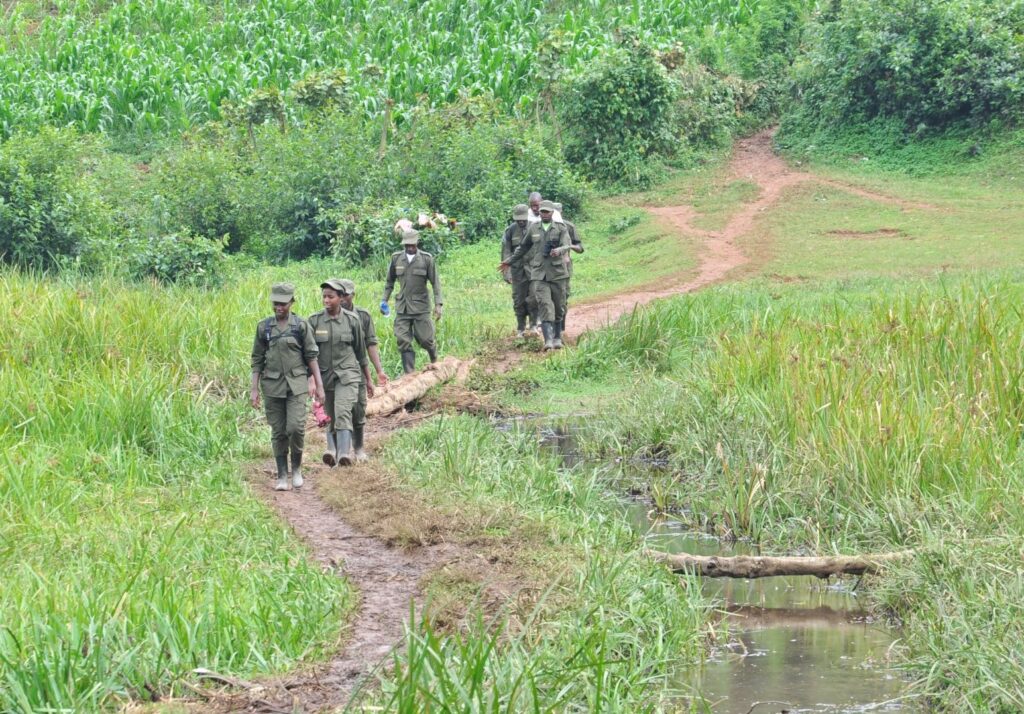
11. DEVELOP PROJECT AMBASSADORS TO AVOID FAILED INCENTIVES
When conservationists provide incentives to community members who then don’t follow through, it can be a real challenge.
For example, a poacher received chickens from CCV in exchange for discontinuing killing cranes. He took the livestock but continued poaching. CCV then gave him more chickens to increase his motivation, and a perverse cycle ensued.
There’s no singular solution to addressing these obstacles, but one strategy that grantees discussed during the workshop was cultivating role models within the community.
12. SHOW GOVERNMENT THE ECONOMIC BENEFITS OF PROTECTING BIODIVERSITY
“There are many competing agenda items at country level,” said Paul Gacheru from Nature Kenya. “Many times, biodiversity conservation is sidelined.” To overcome this obstacle, Gacheru recommends natural capital valuation as a way to connect the health of ecosystems with the health of the country’s economy.
13. THINK OUTSIDE THE BOX
In Ethiopia’s Lake Tana, the migratory routes of fish are being blocked by dams and canals from all directions. “These are development activities which are very difficult, if not impossible, to stop,” said Abebe Getahun from Addis Ababa University.
Raising public awareness alone wouldn’t be enough to overcome the problem, Getahun said, so he and his colleagues devised a new way of breeding the fish in man-made facilities that emulated the water quality and temperatures that the fish were accustomed to.
“There must be innovative ways of approaching conservation supported by scientific experiments and evidence,” said Getahun. “Conservation cannot continue to be ‘business as usual.”
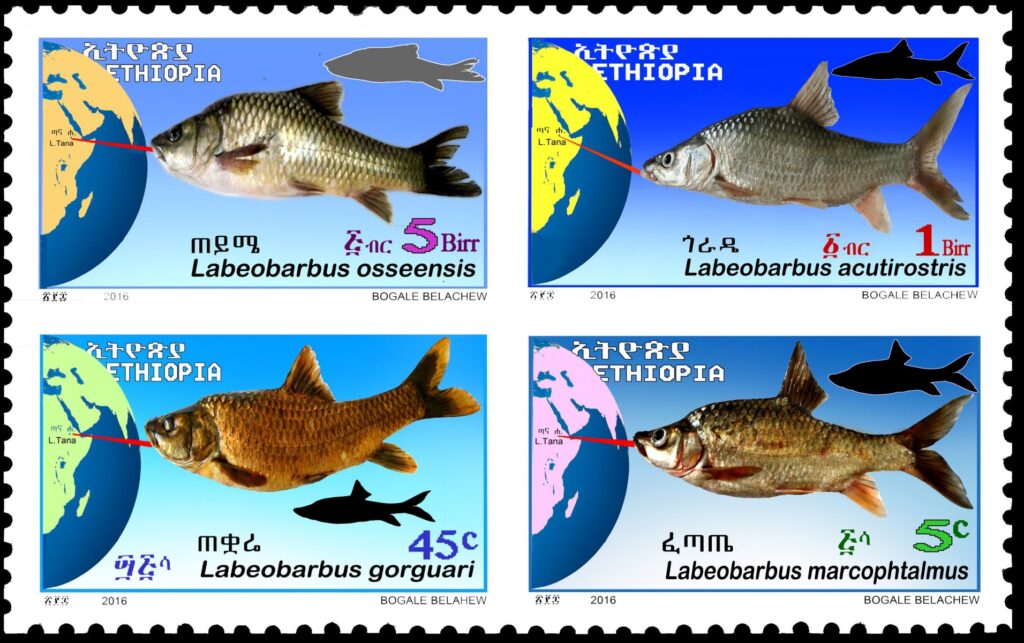
14. MAKE SURE YOU’RE ON THE SAME PAGE AS POTENTIAL COLLABORATORS
Almost everyone believes that collaboration is a good idea but that doesn’t mean it’s always easy. Effectively collaborating with other nonprofit organizations requires not only a willingness to work together but also aligned values and a similar approach.
To have the best chance of success, negotiate clear roles for each stakeholder at the beginning. Put together either a binding contract or a non-binding memorandum of understanding that includes roles, responsibilities and how you will approach conflict resolution should it be needed.
“Have regular meetings to synchronize program activities and see where resources can be pooled and complemented,” added Gladys Kalema-Zikusoka from Conservation Through Public Health (CTPH) in Uganda.
15. GIVE OWNERSHIP OF YOUR RESEARCH RESULTS TO COMMUNITY MEMBERS
“Several grantees have had the experience of going to a village for the first time to do research and being told by the community, ‘There was someone here three years ago doing the same thing,’” said CEPF Grant Director Dan Rothberg. “Then when the conservationists asked what happened to the results, they were told that the researchers took the information away when they had finished.”
To prevent this from happening with your project research, put a person or group, either one that is within the community or is accessible to the community, in charge of maintaining accurate records. That way, community members don’t feel abandoned by the researchers, and subsequent researchers aren’t starting from scratch.
The Critical Ecosystem Partnership Fund is a joint initiative of l’Agence Française de Développement, Conservation International, the European Union, the Global Environment Facility, the Government of Japan and the World Bank. A fundamental goal is to ensure civil society is engaged in biodiversity conservation. More information on the CEPF can be found at www.cepf.net.


